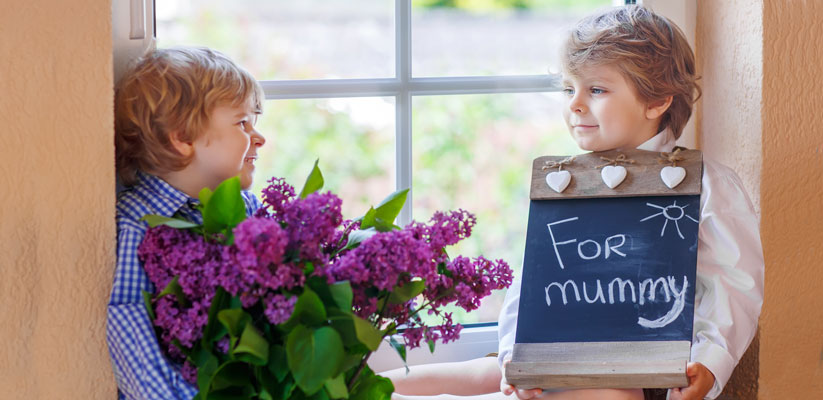From Pod to Plate
One of my most treasured childhood memories is of my great, grandfather’s garden. I would spend my visits to his house almost entirely outside in a garden that inspired awe and wonder in me. It really was the most magical place to me. Even now, I can easily recall the earthy smell of vegetables, the rainbow colours of the juicy fruit and the neat rows of the beautiful flowers. My siblings and me would pick peas and eat them straight from the pod, pick the ripe berries to be prepared and baked in a pie and, equipped with my great grandfather’s magnifying glass, we would peer for hours at the community of insects housed amongst the plants.
Years later, as a teacher in different Primary Schools, those early experiences remained with me as I created ways to incorporate plants into my teaching and encourage the children in my classes to develop their own appreciation of growing vegetables, fruit and flowers.
The idea of a school garden is not a new one and never looks out dated in the grounds of any education environment. On a visit to any British Primary School, visitors would almost certainly encounter some type of plants or planting, whether it is a vegetable plot in the grounds, a tray of seedlings in the science room or even a potted cactus hidden in the corner of a library. Plants and planting have long been in favour of the British Primary School. And this should come as no surprise. Teachers worldwide value the educational wealth that comes from the endless possibilities that plants bring to the curriculum. The best schools in Dubai now host some beautiful gardens in their grounds.
Foundation Stage classrooms usually have texts which relate to growing plants e.g. The Enormous Turnip, Jack and the Beanstalk and The Little Red Hen to name but a few. These stories act as an exciting starting point to introduce the children to the topic and there is such excitement (and competition) when children plant their own sunflower seeds, beans or bulbs. Children are taught how to care for their plants and the many benefits that come from this. Learning can be linked in so many ways. One solitary seed can prompt new language, allow for opportunities to measure, create rich dialogue on the senses, become central to scientific discovery, at the core of a poem or art project, produce food to eat in the school canteen or simply as a gift to give to another.
The importance of growth is a key element to any curriculum regardless of country and is a crucial component in teaching children where food comes from. For statutory requirements of Science in the new National Curriculum for England the minimal requirement is that children observe and describe plant growth, name common plants and describe basic structures of plants. British schools in Dubai have the additional challenge to match the curriculum with the climate which makes for some highly creative solutions!
A school garden is a wonderful opportunity to get the local community involved and all stakeholders should be able to have input. The whole school can get involved in the initial set up and then designated jobs can be assigned depending on age, skill, eagerness, interest or ability. Older children may want to create a long term plan by way of an elected committee, the sustainability of the project might involve an active PTA and the younger children might be responsible for day to day plant care.
However the idea of a garden project is introduced, the children should understand that plants must be cared for and can be cultivated for a purpose and what better motivation to ‘grow your own’ than using the food grown in the school garden to prepare and eat in the school kitchen and canteen?


I have noticed you don’t monetize your blog, don’t waste your traffic, you
can earn extra cash every month because you’ve got hi
quality content. If you want to know how to make extra bucks, search
for: Boorfe’s tips best adsense alternative